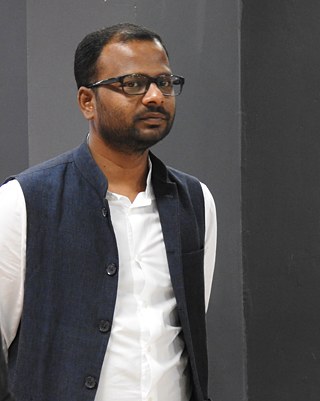Jeevan Xavier
Bangaloresident-Expanded@Zentralwerk

JLX’s artistic self-expression was triggered by participating in notably two workshops during a summer in the UK - One on colour drawing and abstraction with the artist Tricia Gilman. Followed by Rod Judson’s creative problem-solving workshop (2005)
JLX is trained in Textile and Fashion Design and started his career in the Home Textile industry in 1999. He has since worked with two major textile companies in India in senior positions leading teams of designer, artists and technicians; creating home textile products for international brands.
Currently he manages a Textile - Design - Art - Research studio in Bangalore - JLX Studio. Under this eponymous brand, the studio engages in documentation and research in areas of folklore and vernacular culture in Southern India; alongside commercial design projects.
He is currently pursuing the Creative and Cultural Business Program at the Indian Institute of Management, Ahmedabad, to back his entrepreneurial values.
During his residency at Zentralwerk, Dresden, he will be exploring artwork - focusing on how an individual’s ideological differences play out in daily life between partners, family members, friends, neighbours and colleagues.


